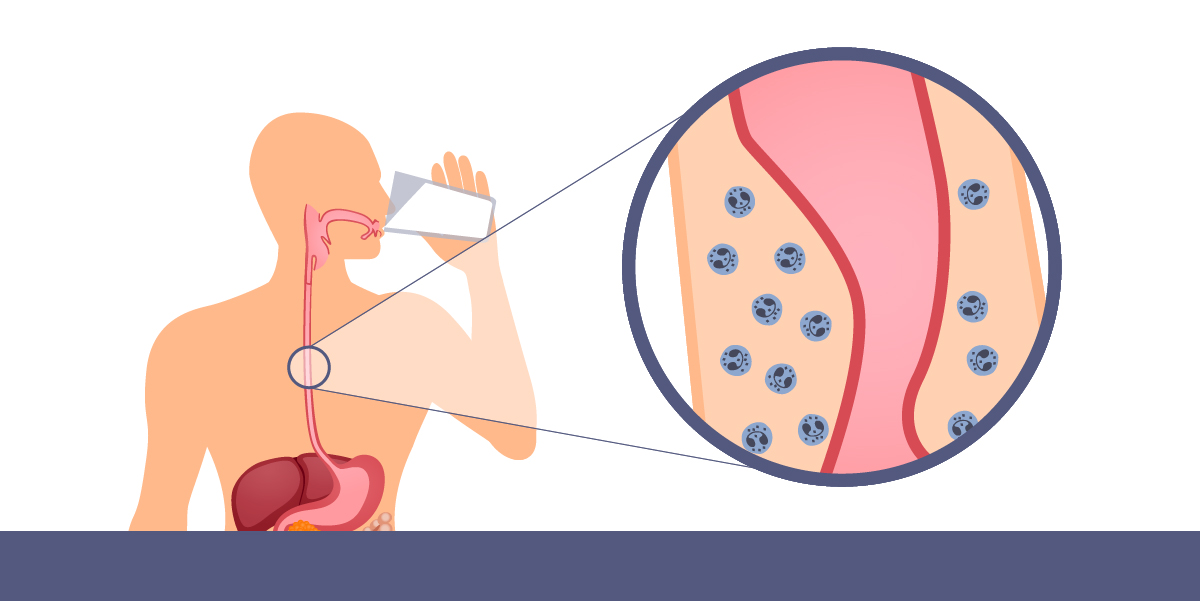
This 15-minute infographic-based educational activity will be augmented by patient and clinician videos, in addition to an interactive approach to cover diagnostic approaches to detect EoE early.
The significant burden of disease and increasing incidence and prevalence of eosinophilic esophagitis (EoE) in the United States require that several knowledge and practice gaps among clinicians involved in the care of affected patients be addressed; diagnostic delays continue to present a challenge to the timely management of EoE.
Upon completion of this activity, participants should be better able to:

Professor of Medicine, Adjunct Professor of Epidemiology
University of North Carolina School of Medicine
Chapel Hill, NC
Featured RMEI CE Activities – Earn CE Credit(s)
Stay up to date with the latest RMEI CE Activities and receive Exclusive Medical Education Resources